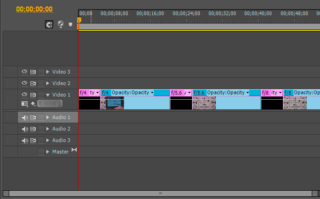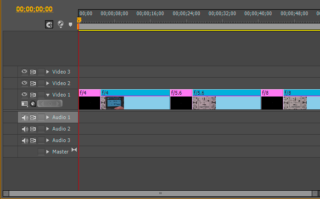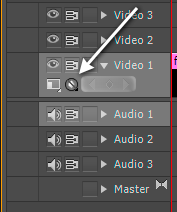Cameras: Set White Balance with Live View
It’s possible to set an approximate, but fairly accurate, custom white balance using live view in liue of a custom white balance target. Though doing so will be be less accurate than a properly calibrated white balance card.
For most dual-dial Canon bodies, you cycle though the preset white balance modes using the rear dial, and change the kelvin value (or select from the multiple custom white balances on EOS-1D bodies) with the front dial when it’s that mode is selected.
Nikon cameras with live view support a similar adjustments again using the camera’s control dials.
For RAW shooters, setting up a custom white balance in the field can be useful when using filters that cause extreme color casts if there isn’t an obvious reference gray in the frame. Otherwise, the ability to adjust the white balance in post limits the utility of this technique.
Originally described by: DTown TV


